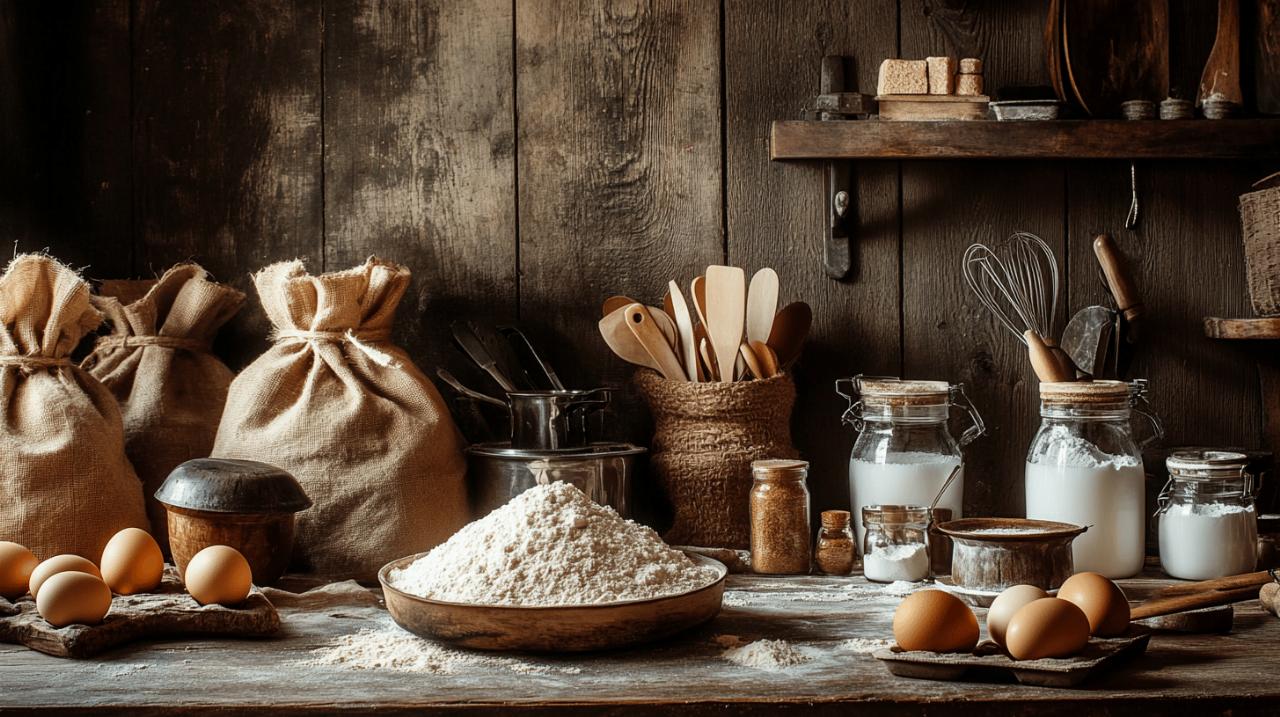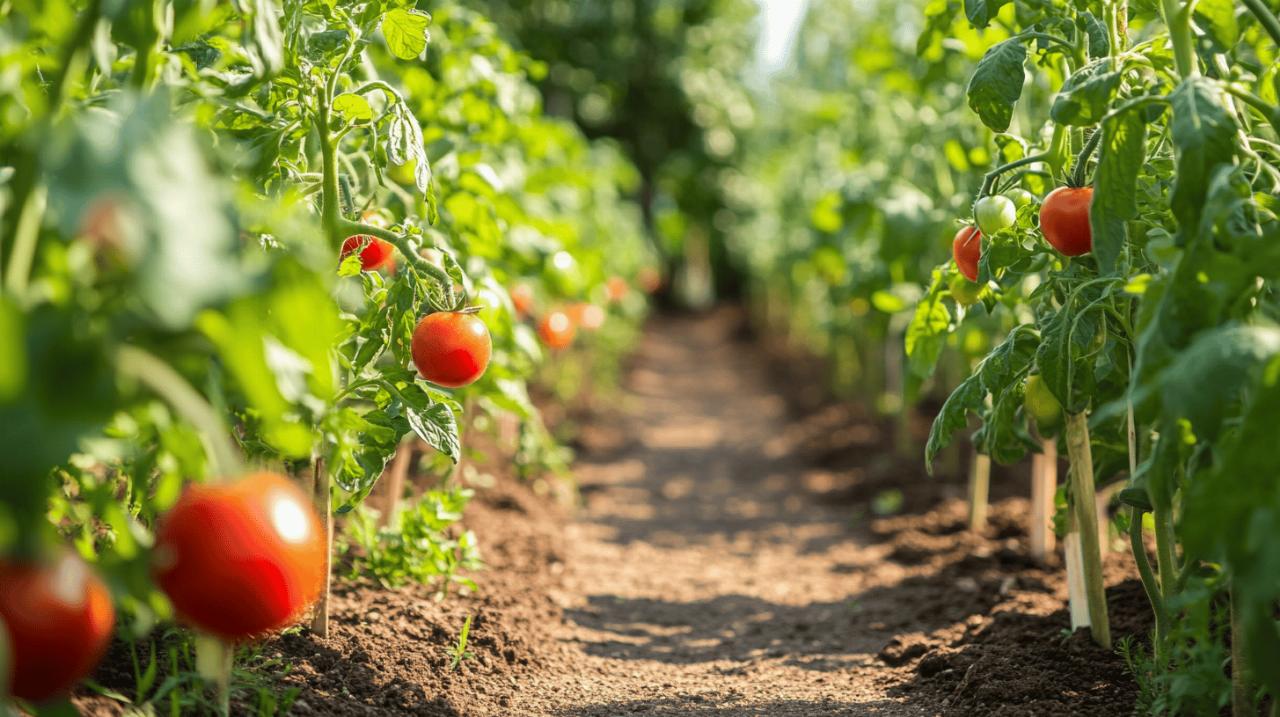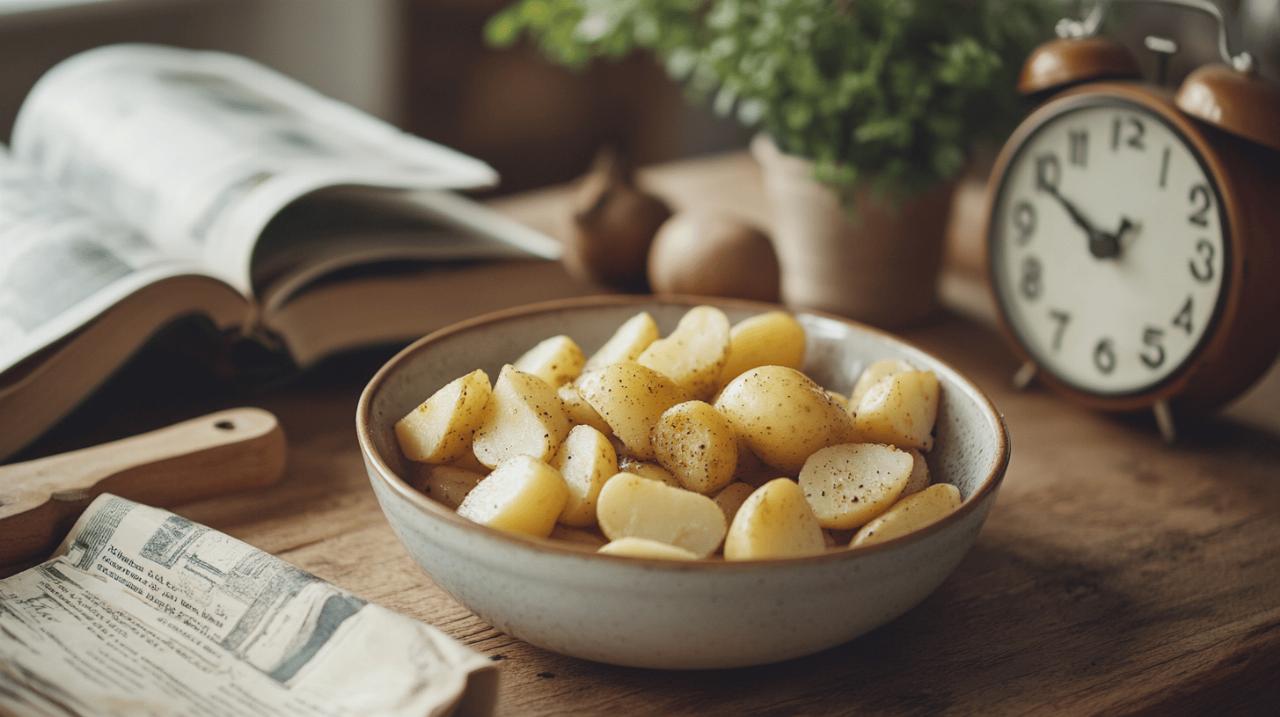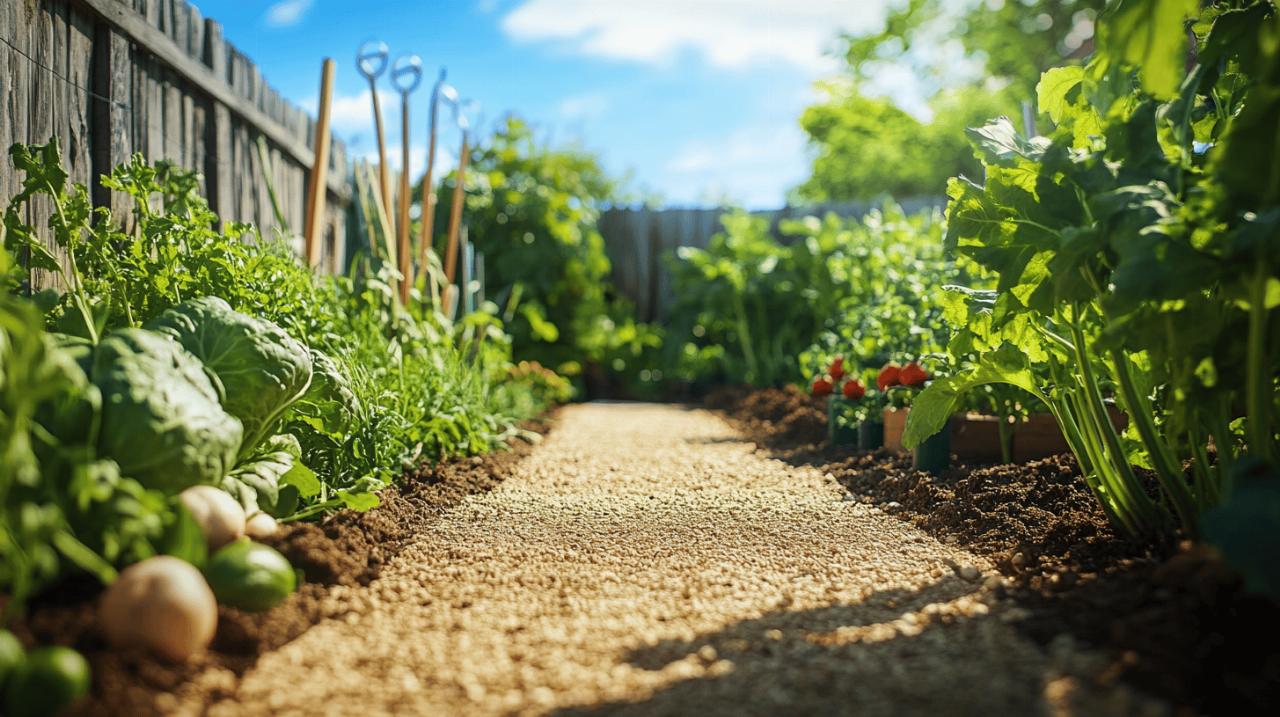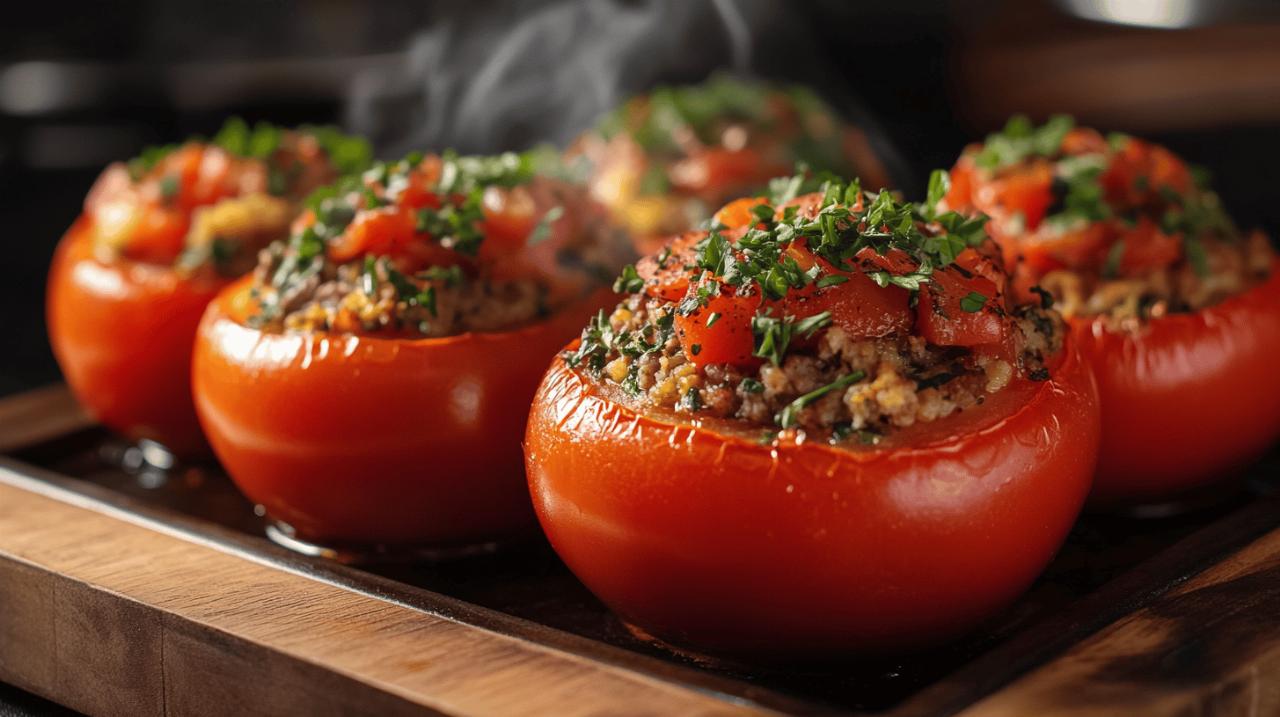Finding a forgotten bag of flour tucked away at the back of the kitchen cupboard, only to discover its best before date has long passed, is a familiar scenario in many households. The immediate instinct might be to toss it straight into the rubbish bin, but pause for a moment. That expired flour holds surprising potential beyond the realm of baking. With a touch of creativity and resourcefulness, it can become the foundation for delightful crafts, practical household solutions, and engaging activities for the entire family. Embracing these alternatives not only saves money but also contributes to a more sustainable lifestyle by reducing unnecessary waste.
Why expired flour deserves a second life
Understanding flour past its best before date
The date stamped on a bag of flour is typically a best before indicator rather than a strict expiration warning. This means the flour might lose some of its optimal qualities for baking, such as rising power or flavour intensity, but it remains safe for alternative uses provided it shows no signs of spoilage. When flour is past its prime, a quick inspection is essential. Check for any musty or rancid odours, visible mould, or unusual discolouration. If the flour smells fresh and appears normal, it is perfectly suitable for non-edible applications. The proteins and starches within the flour do not vanish simply because a date has passed, making it an excellent material for crafting and household tasks where culinary precision is unnecessary.
Environmental benefits of repurposing rather than binning
Choosing to repurpose expired flour rather than discarding it aligns with broader environmental goals of waste reduction and sustainable living. Food waste contributes significantly to landfill mass, where it decomposes and releases methane, a potent greenhouse gas. By diverting flour from the bin and transforming it into something useful, households can reduce their carbon footprint in a small yet meaningful way. This practice embodies the principles of a circular economy, where materials are kept in use for as long as possible. Repurposing also encourages a mindset shift towards valuing resources and finding creative solutions to everyday challenges, fostering a culture of sustainability that extends beyond the kitchen.
Creating brilliant homemade modelling clay from old flour
Simple recipe for perfect play dough consistency
Transforming expired flour into homemade modelling clay is both straightforward and immensely satisfying. The process begins with combining one cup of flour with half a cup of salt in a mixing bowl. The salt acts as a preservative and adds texture to the dough. Next, add one cup of water gradually while stirring to avoid lumps. For enhanced pliability and a smoother finish, incorporate two tablespoons of vegetable oil and a teaspoon of cream of tartar. The mixture should be transferred to a saucepan and cooked over medium heat, stirring continuously until it thickens and pulls away from the sides of the pan. This typically takes around five minutes. Once the dough reaches a consistency that no longer sticks to your hands, remove it from the heat and allow it to cool. Kneading the dough for a few minutes after cooling ensures a uniform texture that is perfect for moulding into endless shapes and figures.
Adding Natural Colours and Safe Ingredients for Children
To elevate the homemade modelling clay into a vibrant and engaging material for children, natural colourants offer a safe and visually appealing option. Food colouring is the most accessible choice, with just a few drops added during the mixing or kneading stage to achieve the desired hue. For those preferring entirely natural alternatives, consider using turmeric for a sunny yellow, beetroot powder for a rich pink or red, spirulina for a striking green, and cocoa powder for earthy brown tones. These natural ingredients not only add colour but also introduce subtle scents that can enhance the sensory experience. Essential oils such as lavender or peppermint can also be incorporated sparingly to create a pleasant aroma. Ensuring all ingredients are non-toxic and safe for children is paramount, especially for younger ones who may be tempted to taste their creations. Storing the finished modelling clay in an airtight container keeps it soft and pliable for weeks, ready for countless creative sessions.
Clever crafting projects beyond basic modelling clay
Papier-mâché creations for all ages
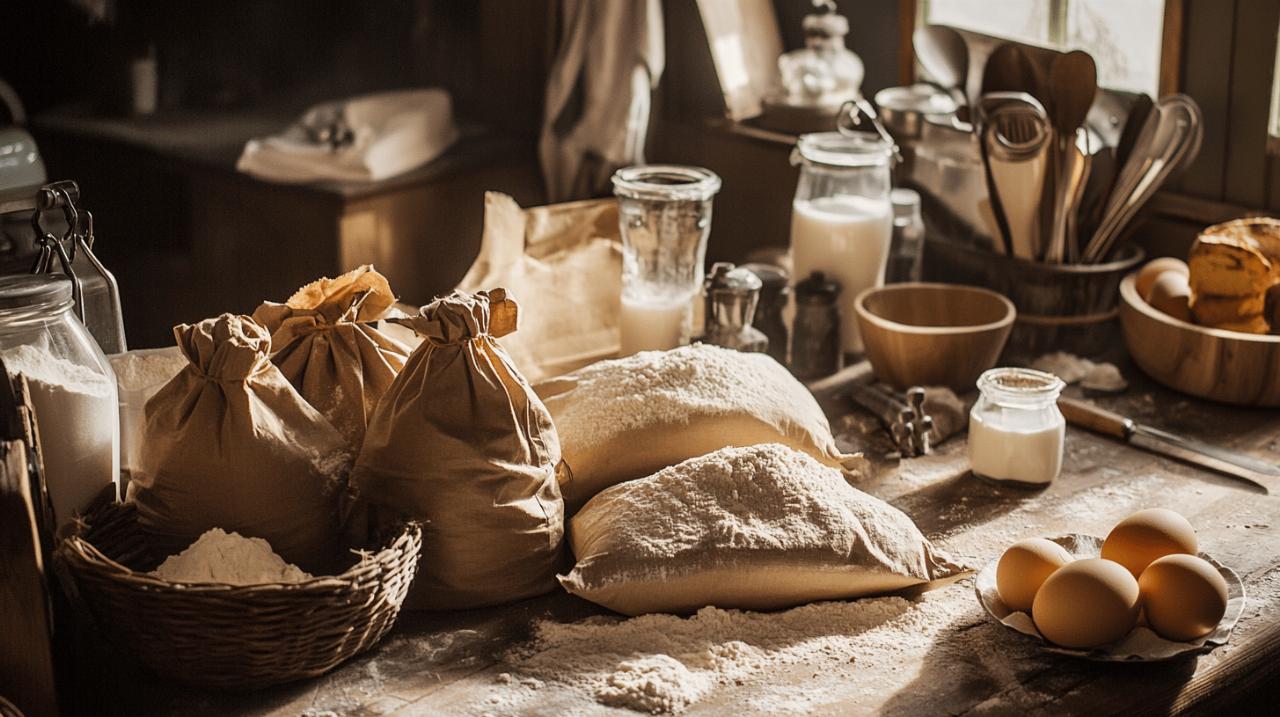 Papier-mâché is a timeless craft technique that breathes new life into expired flour, transforming it into an adhesive that binds paper into sturdy sculptural forms. To prepare the paste, mix one part flour with two parts water, stirring until smooth and free of lumps. A pinch of salt can be added to deter mould growth during the drying process. Tear newspaper or any scrap paper into strips, dip them into the flour paste, and layer them over a base structure such as a balloon, wire frame, or cardboard form. Building up several layers creates strength and durability, with each layer needing to dry before the next is applied. Once fully dry, the creation can be painted, varnished, or decorated to suit any imaginative vision. From whimsical masks and colourful piñatas to decorative bowls and intricate animal sculptures, the possibilities are as boundless as one's creativity. This activity is particularly enjoyable for families, offering a hands-on project that bridges generations and encourages collaborative artistry.
Papier-mâché is a timeless craft technique that breathes new life into expired flour, transforming it into an adhesive that binds paper into sturdy sculptural forms. To prepare the paste, mix one part flour with two parts water, stirring until smooth and free of lumps. A pinch of salt can be added to deter mould growth during the drying process. Tear newspaper or any scrap paper into strips, dip them into the flour paste, and layer them over a base structure such as a balloon, wire frame, or cardboard form. Building up several layers creates strength and durability, with each layer needing to dry before the next is applied. Once fully dry, the creation can be painted, varnished, or decorated to suit any imaginative vision. From whimsical masks and colourful piñatas to decorative bowls and intricate animal sculptures, the possibilities are as boundless as one's creativity. This activity is particularly enjoyable for families, offering a hands-on project that bridges generations and encourages collaborative artistry.
Homemade Glue for Paper Crafts and School Projects
Crafting a simple yet effective glue from expired flour is a practical solution for a wide range of paper-based projects. Combine equal parts flour and water in a bowl, whisking thoroughly to eliminate any clumps. For added preservation and a smoother consistency, stir in a tablespoon of white vinegar. The resulting paste is ideal for adhering paper, lightweight cardboard, and fabric, making it perfect for scrapbooking, collage work, and school assignments. Unlike many commercial adhesives, this homemade glue is free from harsh chemicals, making it a safer choice for children and environmentally conscious households. It can be stored in a sealed jar in the refrigerator for up to a week, though it is best used fresh. The tactile experience of spreading the paste with a brush or fingers adds an element of sensory engagement to crafting, transforming mundane tasks into opportunities for creative expression.
Practical household uses for expired flour
Natural cleaning solutions for your kitchen
Expired flour can serve as a surprisingly effective natural cleaning agent, offering a gentle abrasive quality that is safe for a variety of surfaces. To polish stainless steel sinks and appliances, create a paste by mixing flour with a small amount of water until it reaches a thick consistency. Apply the paste to the surface, then buff with a soft cloth in circular motions. The flour lifts grime and restores shine without scratching or leaving chemical residues. For tackling greasy spills on worktops or stovetops, sprinkle a generous amount of flour directly onto the grease. The flour absorbs the oil, making it easier to wipe away with a damp cloth. This method is particularly useful for large spills where paper towels alone might prove insufficient. Additionally, flour can assist in cleaning burnt-on residue from pots and pans. Coat the bottom of the cookware with a layer of flour, add warm water, and let it sit overnight. The flour helps to loosen stubborn bits, simplifying the scrubbing process the following morning.
Composting and eco-friendly disposal methods
When expired flour shows no signs of mould or contamination, it can be a valuable addition to a compost bin, contributing carbon-rich material that balances the nitrogen-heavy kitchen scraps such as vegetable peels and coffee grounds. Sprinkling flour into the compost helps to maintain the ideal carbon-to-nitrogen ratio, promoting efficient decomposition and reducing unpleasant odours. However, it is important to avoid adding flour in excessive quantities, as large clumps can create dense, compacted layers that hinder airflow and slow down the composting process. Instead, distribute the flour evenly and mix it thoroughly with other organic matter. For those without access to composting facilities, expired flour can still be disposed of in an environmentally considerate manner. Mixing it with used cooking oil and placing the mixture in a sealed container before discarding prevents it from contributing to landfill leachate. Alternatively, flour can be scattered in outdoor areas where it will naturally break down, though care should be taken to avoid attracting pests or creating a mess. These mindful disposal practices reflect a commitment to reducing waste and supporting ecological balance.

